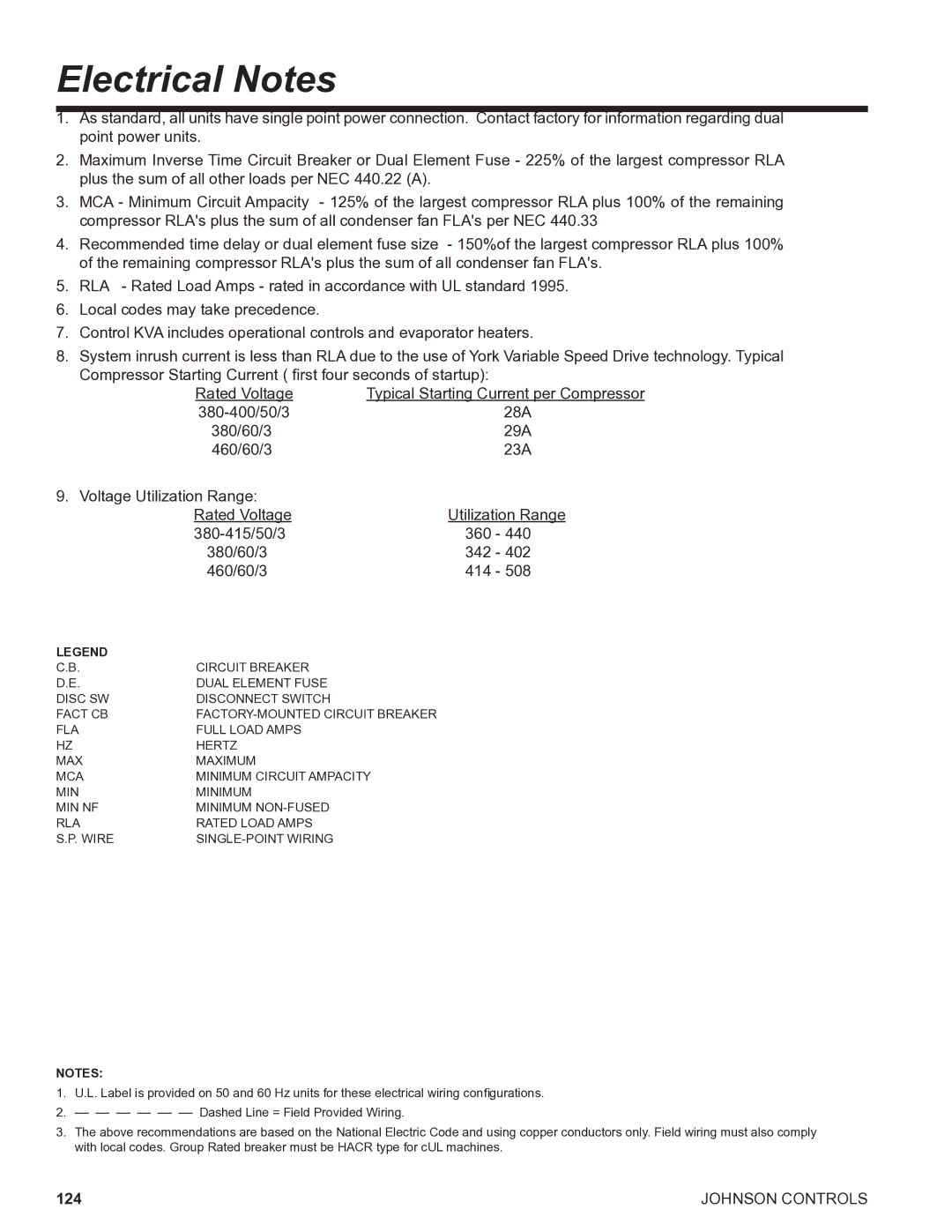R134A specifications
York R134A is a widely recognized refrigerant that has become a staple in the heating, ventilation, and air conditioning (HVAC) industry. It is a hydrofluorocarbon (HFC) compound, specifically known as 1,1,1,2-tetrafluoroethane. This refrigerant was introduced as a substitute for R12, a chlorofluorocarbon (CFC) that was phased out due to its harmful effects on the ozone layer.One of the main features of York R134A is its non-ozone-depleting properties, making it a more environmentally friendly option compared to its predecessors. This characteristic aligns with global efforts to reduce the impact of refrigerants on climate change and ozone layer depletion. As a result, R134A has found extensive applications in both residential and commercial cooling systems.
In terms of thermodynamic properties, R134A boasts a moderate cooling capacity and is known for its energy efficiency, which translates to lower operating costs for HVAC systems. It operates efficiently under a wide temperature range, making it suitable for various applications, from automotive air conditioning to commercial refrigeration and chillers.
York R134A also exhibits excellent stability and compatibility with lubricants and materials commonly used in HVAC systems, such as synthetic oils. This compatibility helps reduce wear and tear on components, prolonging the lifespan of the equipment. Additionally, its low toxicity and flammability risk make it a safer choice for technicians and end-users alike.
Technologically, York R134A systems often feature advanced controls and monitoring tools that optimize refrigerant flow and enhance energy efficiency. This includes digital thermostats and automation systems that adjust cooling performance based on real-time environmental conditions.
In summary, York R134A stands out for its non-ozone-depleting characteristics, energy efficiency, and compatibility with HVAC technologies. These features, combined with its broad application range and safety profile, have established R134A as a preferred refrigerant in the modern refrigeration landscape, helping to meet both environmental standards and performance expectations in cooling systems worldwide.
